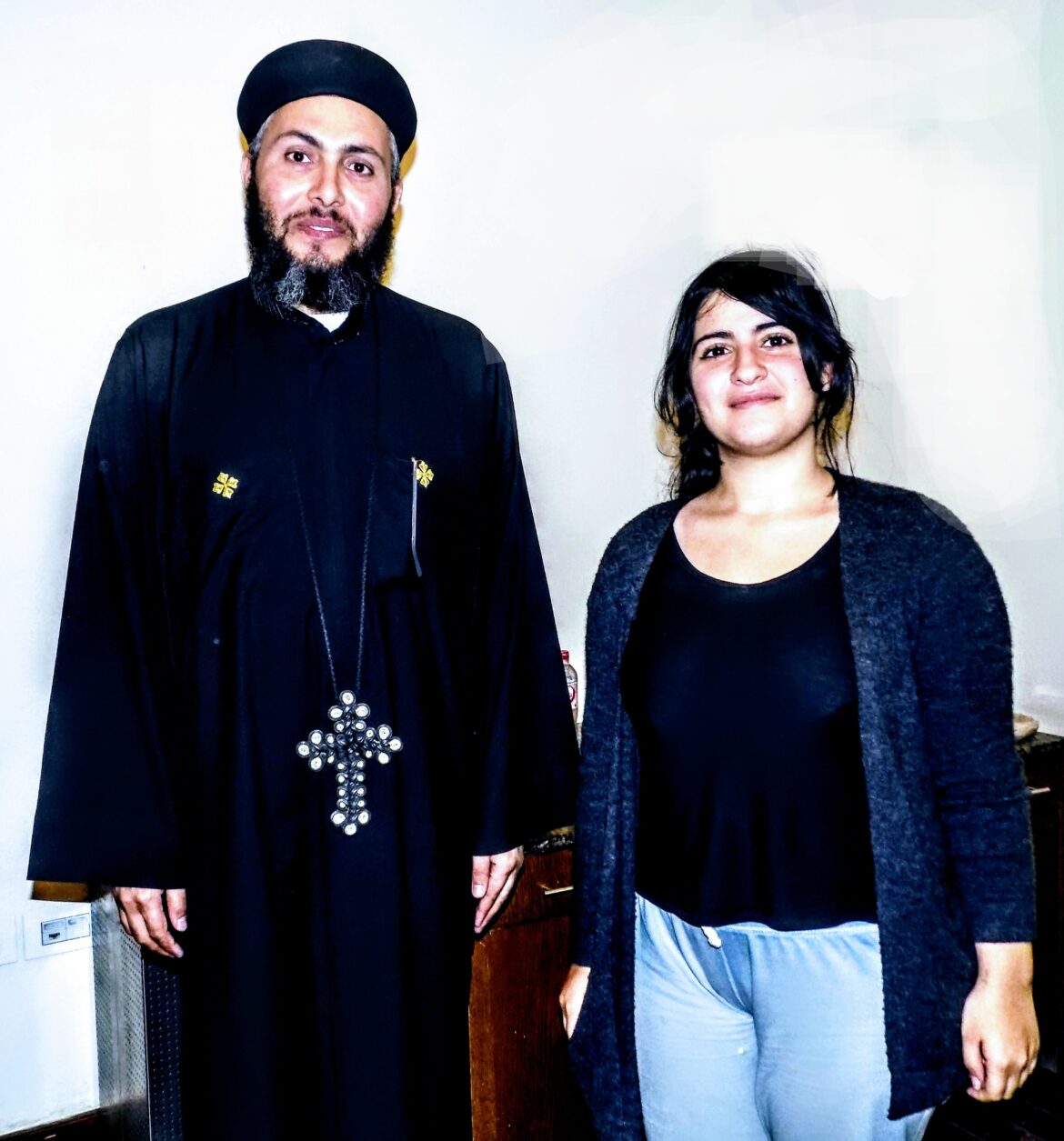Estimating the number of Coptic Christians in the world requires a nuanced understanding of their historical significance, demographic distribution, and cultural practices. Coptic Christianity, one of the earliest branches of Christianity, traces its roots back to the apostolic age with Saint Mark, its founder, believed to have arrived in Egypt around 42 AD. The Coptic Orthodox Church has since developed a rich theological and liturgical identity distinct from other Christian denominations.
Current estimates suggest that there are approximately 10 to 15 million Coptic Christians globally. The majority reside in Egypt, where they constitute about 10% of the population, but significant Coptic communities can also be found in diaspora populations primarily in the United States, Canada, Europe, and Australia. Understanding the geographical distribution of Copts provides insight into the choices they face regarding identity preservation, community building, and integration into broader societies.
In Egypt, Copts endure a complex milieu, often characterized by both cultural pride and challenges related to their religious minority status. They have historically faced discrimination and sectarian violence, yet they remain a resilient community, contributing significantly to Egyptian society in various fields, including art, education, and politics. The historical narrative of Copts often intertwines with the larger fabric of Egyptian history, underscoring their integral role in shaping the nation’s cultural heritage.
Outside of Egypt, the Coptic diaspora has formed vibrant communities, particularly in metropolitan areas where immigration has increased. The United States is home to one of the largest concentrations of Copts outside Egypt, with substantial populations in cities like Los Angeles, New York, and Chicago. Here, Copts establish churches, cultural centers, and organizations aimed at preserving their unique heritage while also adapting to new societal norms. The balance of maintaining ancestral traditions while integrating into the cultural mainstream is a dynamic process, reflecting both necessity and resilience.
The socio-political climate of a given country often impacts the experience of Coptic Christians beyond their homeland. For instance, in countries with higher levels of religious tolerance, such as the United States or Canada, Copts find avenues to express their faith openly and freely. Conversely, in nations where religious persecution is prevalent, Copts may struggle to navigate their identity without facing ostracism or violence. The complexity of global migration patterns, socio-economic factors, and local political landscapes sheds light on the varied experiences of Copts worldwide.
The Coptic Church itself plays a pivotal role in the lives of its adherents, providing spiritual guidance, communal support, and a sense of identity. The Coptic Orthodox Church, led by the Pope of Alexandria, emphasizes liturgical worship, particularly in the Coptic language during services, which further solidifies their cultural identity. The richness of Coptic liturgy, art, and traditions fosters a deep sense of belonging and continuity among believers, even in diasporic contexts.
Engagement with the faithful worldwide is not limited to religious practices alone. Copts also participate in various educational and charitable initiatives aimed at both internal community support and broader societal contributions. Efforts such as scholarship programs for youth and interfaith dialogue initiatives demonstrate the Coptic Church’s commitment to not only preserving its traditions but also fostering relationships with other faith communities. These initiatives aim to promote mutual understanding and respect in increasingly pluralistic societies.
Moreover, Coptic Christians face specific challenges that shape their global identity. The growing trend of secularism and religious pluralism can often lead to a dilution of distinct religious practices and beliefs, which is deeply concerning for community leaders. As Copts navigate these waters, they strive to retain the essence of their faith while also adapting to the realities of modern life.
Digital technology has become an indispensable tool in this endeavor, enabling Copts to connect with each other and their heritage regardless of geographic barriers. Social media platforms, websites, and online forums create thriving networks among the Coptic diaspora, facilitating discussions around faith, culture, and identity. These virtual spaces are instrumental in fostering community solidarity, preserving traditions, and addressing challenges faced by Coptic Christians today.
As the world progresses, so too does the narrative of Coptic Christians, marked by both struggles and triumphs. The intergenerational transmission of faith continues to be crucial, as younger Copts often wrestle with their dual identities—one rooted in rich historical paradigms and another molded by contemporary contexts. This negotiation shapes future trajectories for Coptic Christianity, as younger generations redefine what it means to be a Copt in a globalized environment.
In conclusion, while the global population of Coptic Christians is estimated to be between 10 and 15 million, the implications of this demographic extend far beyond numbers. Each individual represents a link to an ancient tradition, a living testament to resilience, and a participant in the ongoing narrative of faith and identity. Examining the state of Copts worldwide invites a deeper appreciation of their contributions, struggles, and roles within the tapestry of Christianity. The future of Coptic Christianity will undoubtedly rely on the commitment of successive generations to uphold their rich heritage while engaging thoughtfully with the wider world.



